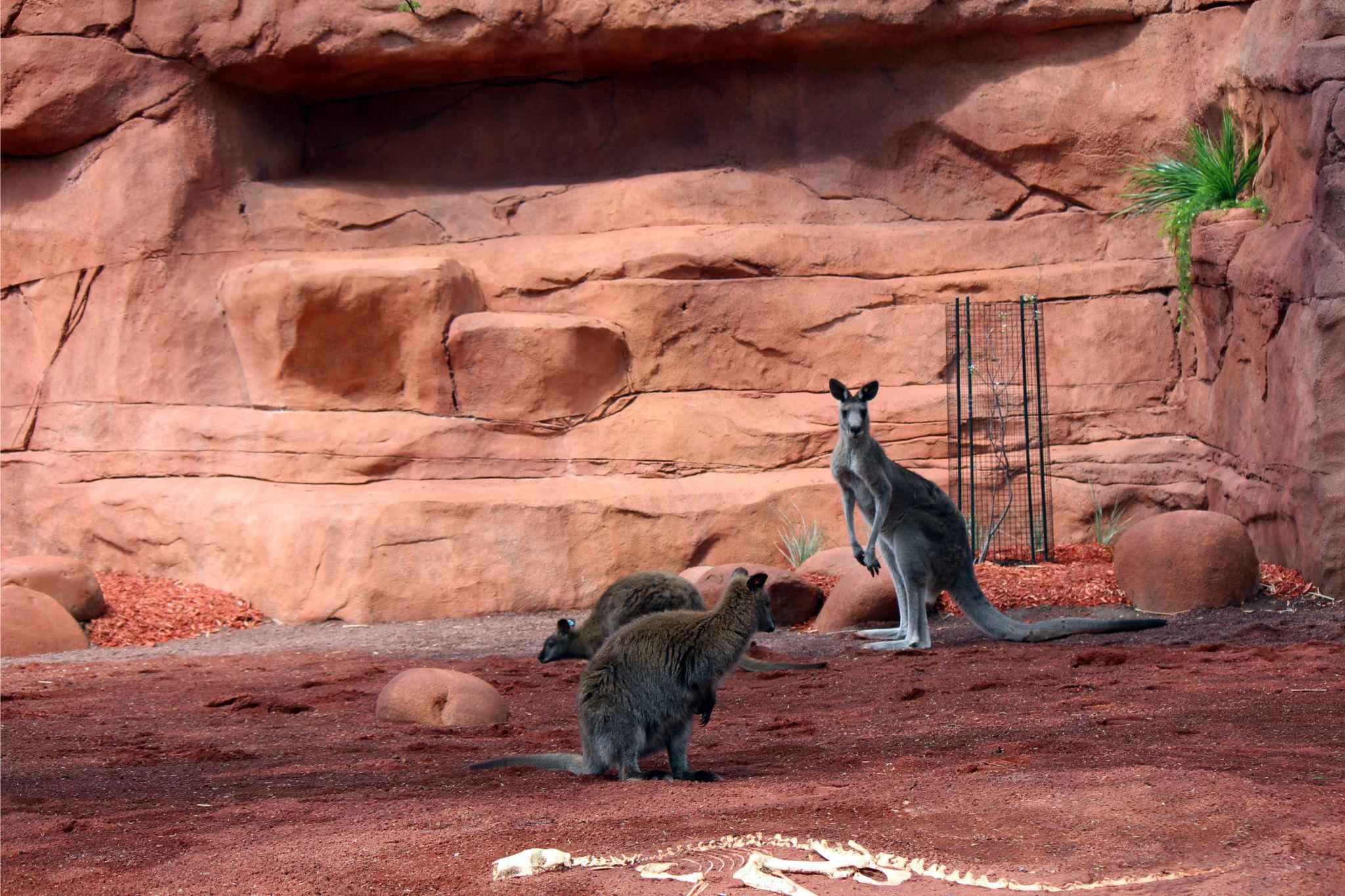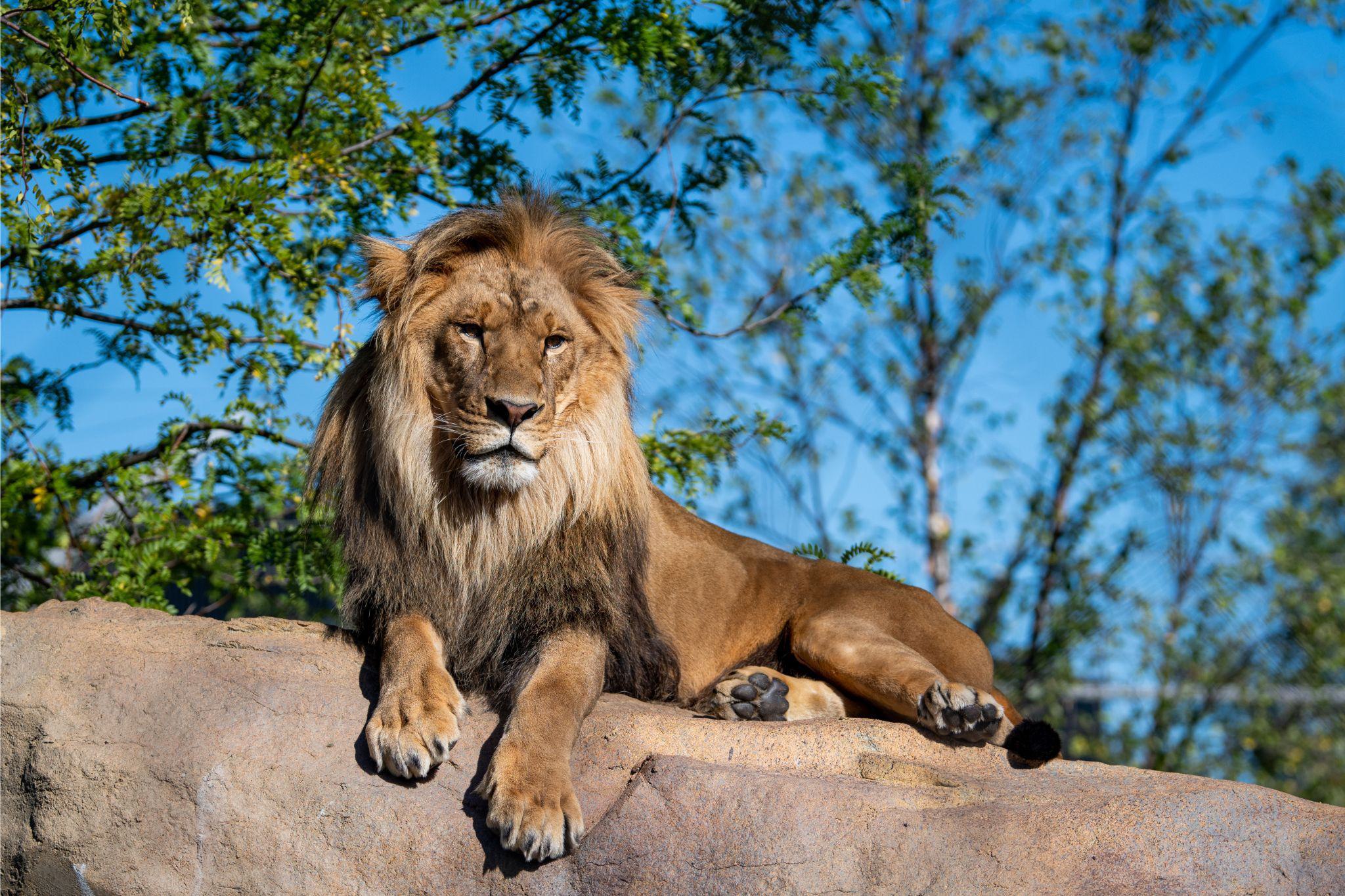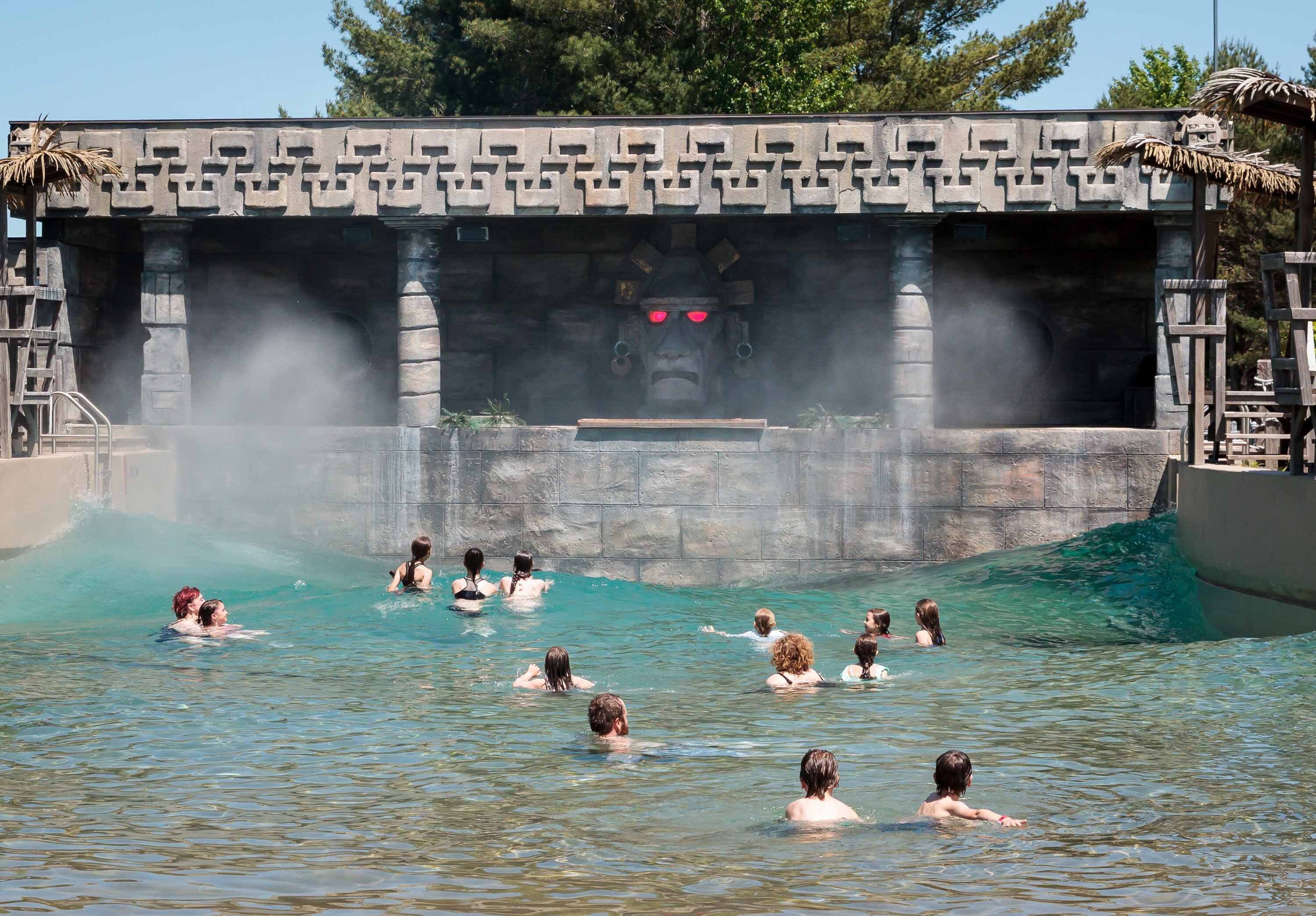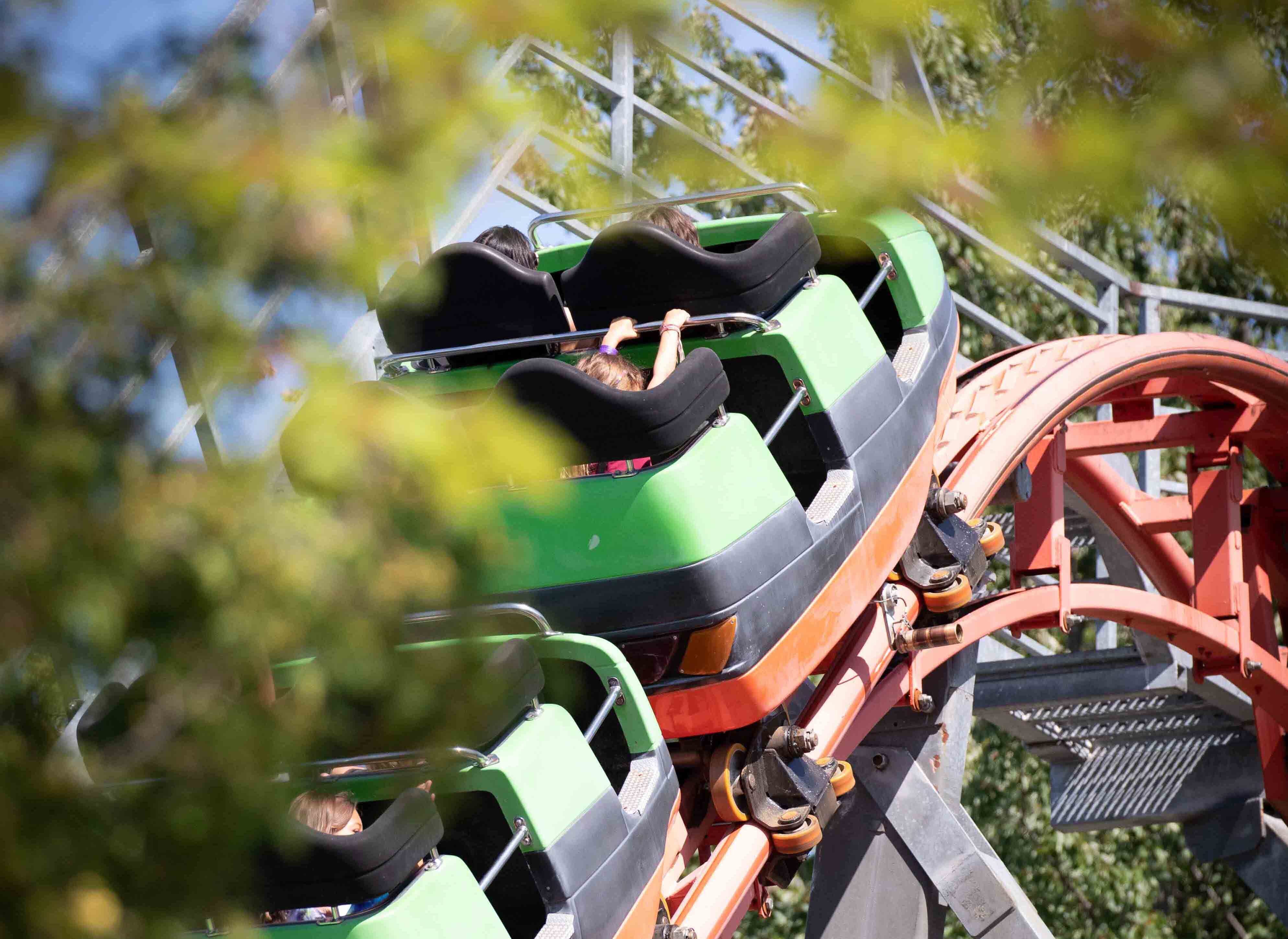
Eastern grey kangaroo
Eastern grey kangaroo
Distribution
Australia
Diet
Herbivore
Habitat
Grasslands
Latin Name
Macropus giganteus
IUCN conservation status
Australia's iconic marsupials can leap up to an astonishing 9 metres in length.
Interesting informations








